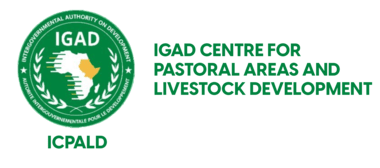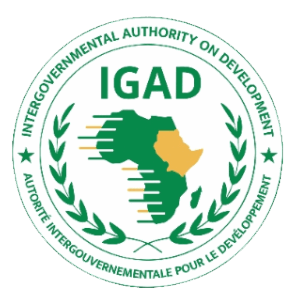- Version
- Download 0
- File Size 2.08 MB
- File Count 1
- Create Date June 28, 2025
- Last Updated June 28, 2025
Ethiopia Report
INTRODUCTION
Ethiopia has a substantial area of Arid and Semi-Arid Lands (ASLAs) covering about 615,000 km2 or 55 % of the total landmass of Ethiopia. The ASALs support significant proportion of human population, estimated at 12-15 million pastoralists and agro-pastoralists in the lowland ASAls
alone, and several million smallholder farmers in the highland ASALs such as in Tigray and Wollo.
The arid lands of Ethiopia are characterized by mean annual rainfall of between 100 - 800 mm, mean annual temperature of 21-27.5 0C and mean annual potential evapotranspiration of between 1700 - 2600 mm. These areas comprise about 40 % of the Ethiopian Somali and 30 % of the Afar regions and a small part of the north-eastern part of Wollo and 5% of Oromiya Region towards the southern tip which borders with the Ethiopian Somali Region (EPA, 1998). The semi-arid zones experience mean annual rainfall of between 300 – 800 mm, a mean annual evapotranspiration of 1600 - 2100 mm and a mean annual temperature of between 16-27 0C. The semi-arid areas cover almost 90 % of Tigray Region, 20 % of the southern, eastern and northeastern parts of Oromiya, over 60 % of Benishangul, some parts of the Southern Nations and Nationalities and People’s Regional State (SNNPRS) as well as the extreme north-eastern part of the Ethiopian Somalia Region (including Jijiga) (EPA, 1998).



